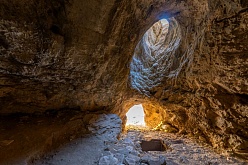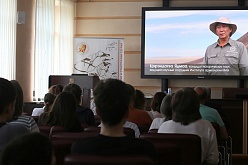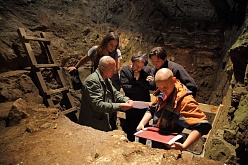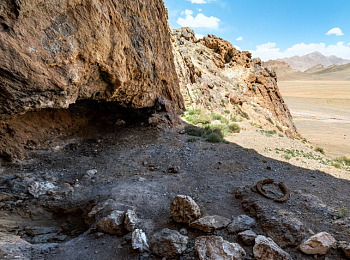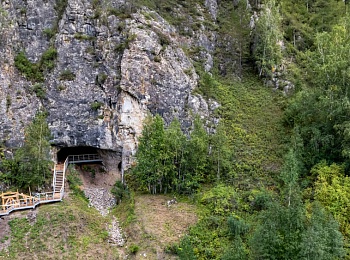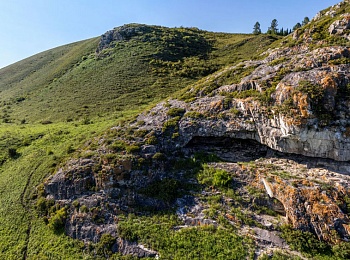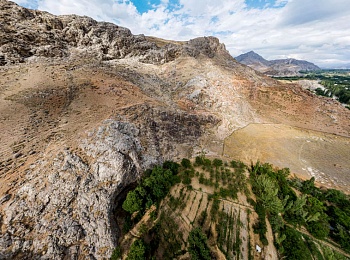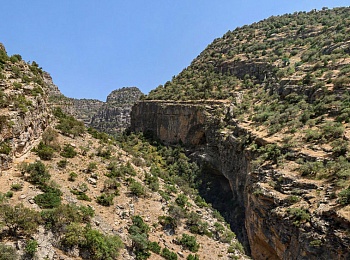By Way of Millennia: Virtual tours to the Stone Age sites in Central and North Asia
We invite you to embark on a virtual tour of famous Stone Age sites. The discovery and study of these sites have significantly altered researchers' understanding of the ancient history of the region. The first phase of the tour will focus on five sites:
-
Tsagaan Agui Cave, Mongolia, Bayakhongor aimak
-
Teshik Tash Grotto, Uzbekistan, Surxondaryo Region
-
Denisova Cave, Russia, Altay Kray
-
Okladnikov Cave, Russia, Altay Kray
-
Surungur, Kyrgyzstan, Batken Region
Our virtual catalog is yet to be updated.
The project is being carried out by the Institute of Archeology and Ethnography of the Siberian branch of the Russian Academy of Sciences with the generous support of a grant provided by the Ministry of Education and Science of Russia for science communicators. This grant is part of a broader initiative called "Science and Technology Communication," aimed at bolstering science communication efforts.
You can send questions to researchers and feedback to museum@archaeology.nsc.ru
Enjoy!
Stone Age in Central and North Asia
The Central and North Asia region has captured the keen interest of archaeologists due to its historical significance as a crossroad of civilizations across human history. Undoubtedly, Central Asia is most renowned for its prominence during Antiquity and the Middle Ages, when the Great Silk Road linked the Eastern and Western realms of human civilization. However, even during earlier times, in the Stone Age, Central Asia served as a hub for migration routes, where ancient human populations traversed the vast expanse of Eurasian territories.
Recently, there has been a surge of interest in the data obtained by archaeologists, which suggests that Central and North Asia will play a pivotal role in resolving a widely debated issue regarding the timing of the emergence and distribution of modern humans, their relationship with previous human populations, and the correlation of this phenomenon with changes in the material culture of Stone Age humans, particularly the significant advancements in tool production techniques.
Over the course of several decades, comprehensive interdisciplinary investigations have been conducted on Paleolithic sites in Central and North Asia, which commenced in the late 20th century. These studies have examined numerous exceptional industrial assemblages. The utilization of advanced techniques in recording, dating, and interpreting archaeological and scientific data pertaining to the Paleolithic sites in this region has propelled research to unprecedented heights. This approach enables the formulation of new hypotheses and the development of novel concepts in the study of human settlement stages across Eurasia.
Nevertheless, when compared to the well-explored regions of Europe and the Middle East, the history of the ancient Stone Age in Central and North Asia has remained a relatively uncharted territory, characterized by many gaps and unresolved mysteries.


